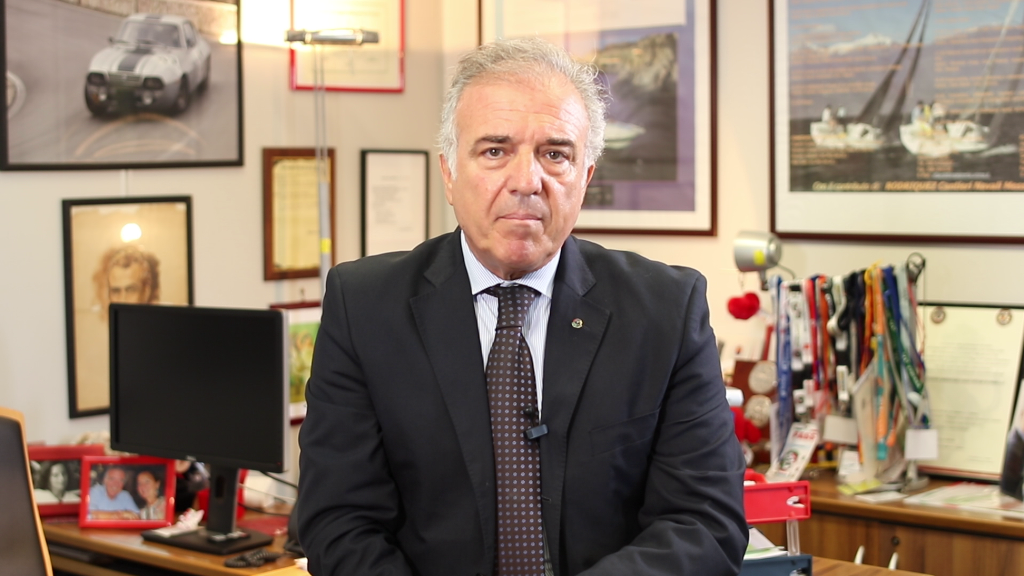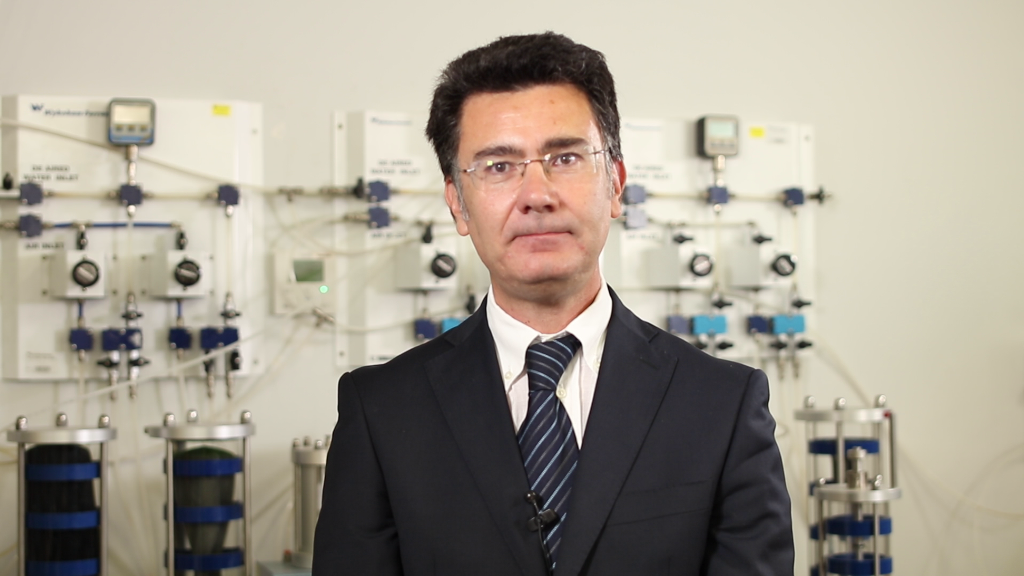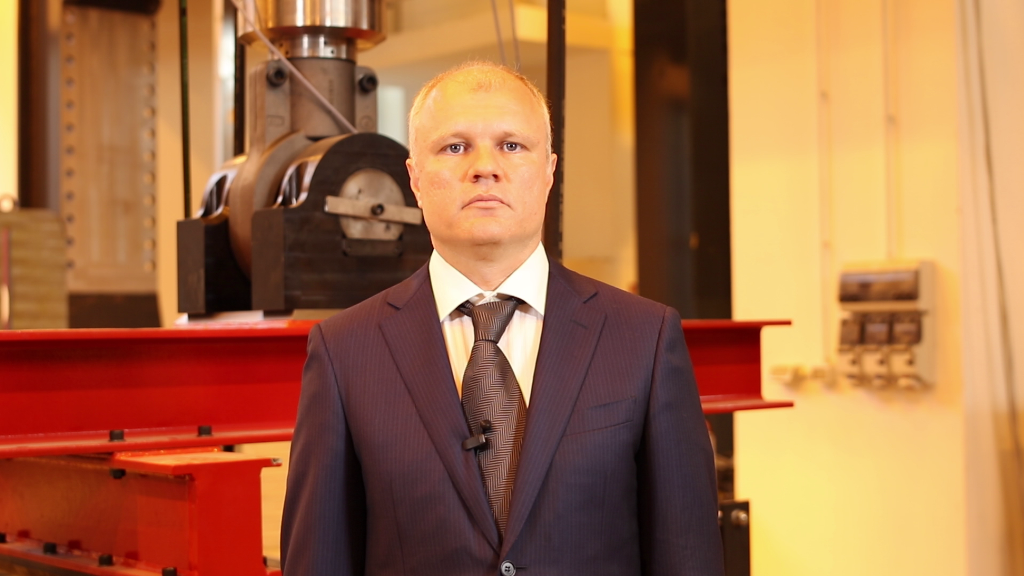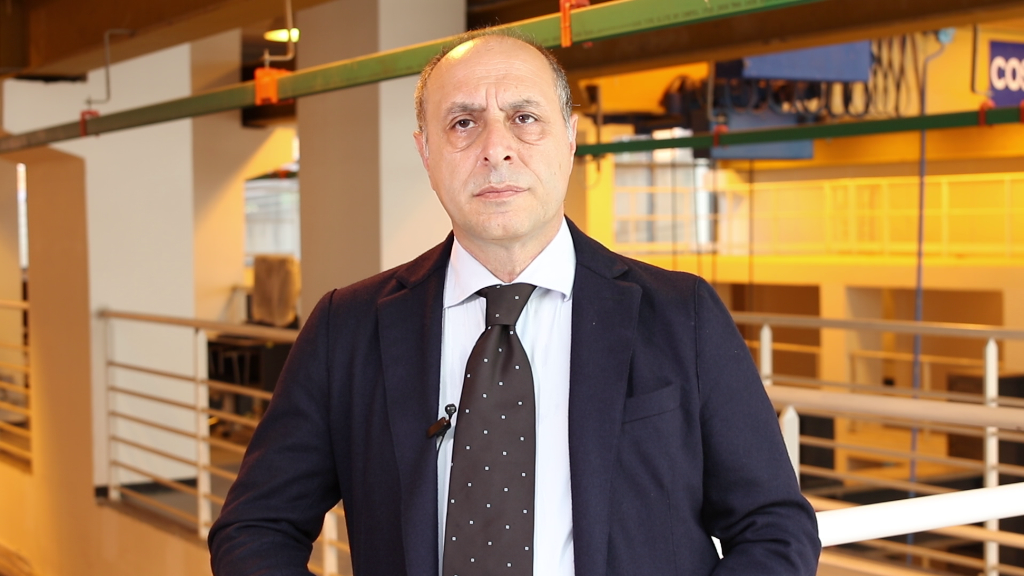The C.E.R.I.S.I. project, for which a 22 million euro investment has been made, arises from the cohesion and the exchanges between four sections of scientific research at the University of Messina:
Building Sciences and Technology, Geotechinics, naval-Mechanical Engineering and finally Sciences of the Earth.
Even prevailing in research activities, the Centre is characterized also by scientific technological services. The markets, target of C.E.R.I.S.I., are generally represented by entities that design, implement, manage and monitor large infrastructures in the world and persons in charge of the preservation and protection of areas particularly subject to seismic events.
C.E.R.I.S.I. is on the national and international market and offers a wide range of business services, way ahead the average of competitors.
The laboratory of Earth Sciences of the CERISI project contemplates two aspects: geochemical; geomorphological.
The C.E.R.I.S.I’s Earth Science Lab consists of two sections with a common denominator in environmental and territorial analysis: that is geochemistry and geomorphology.
The geochemistry section is equipped with X-rayfluorescence, mass spectrometer, electronic microscopeand a portable radon detector able to make measurementson sediments and liquids even of trace elements.
The geomorphological section features a fleet of drones, multicopters and fixed wing that, equipped with cameras, laser scanner (LIDAR), thermal and spectro cameras allow you to make both topographic and morphological surveys, and analysis of the Earth’s temperature and color changes.
The equipment is completed by an AUV (AutonomousUnderwater Vehicle), a torpedo that permits you to scan thebottom by a side scan sonar and multi-beam bathymetry.
The C.E.R.I.S.I’s Earth Science Lab has a powerful data processing center that allows you to remotely managedetections and offer technical services on line.
The lab besides detection of the evolution of the slopes(landslides), rivers (floods) and coasts (erosion) isspecifically aimed at environmental analysis in order to monitor and prevent environmental crimes or hydrogeomorphologic disruptions; The instrument also allows the analysis of the built heritage, using digital images of greatdetail.
The section of C.E.R.I.S.I. dedicated to Geotechnical Engineering, in the national and international laboratory of excellence
The section of C.E.R.I.S.I. dedicated to Geotechnical Engineering, in the national and international laboratory of excellence, is provided with all the equipment for standard testings, physical and mechanical soil characterization, but also with sophisticated equipment to perform tests under cyclic loading on large specimens , fundamental to characterize the mechanical response of the lands under seismic conditions.
The C.E.R.I.S.I. also has a vibrating table accompanied by a shearstack (a container that replicates the deformations of soil deposits when they are crossed by the seismic waves), currently the largest in Europe, for the execution of tests on scale models of works and geotechnical systems. The activity of the laboratory of Geotechnical Engineering is closely related to the realization of works of civil engineering and land protection. Therefore the main stakeholders of the structure are mainly companies and public administrations involved in the design and construction of major works. The experiences on potential orders using advanced equipment, once systematized, will be made available to the international scientific community.
The area of Science and Technology of Construction has made EUROLAB, a reference lab for the planning and execution of special tests in structural and seismic matter.
The area of Science and Technology of Construction has made EUROLAB, a reference lab for the planning and execution of special tests in structural and seismic matter.
Eurolab is provided with equipment enabling:
Strategical planning previewed mechanical testing facility for fatigue and static test of Cable Systems, such us a valid instrument to verify quality of materials used for extreme engineering applications ( supporting cables in the cable-stayed and suspension bridges of great light cables to stabilize the floating offshore platforms ; and metal cables for air transport in the mining industry ).
Eurolab is a candidate, therefore, to assist the design of new structures by experimental tests, and to identify the dynamic behavior of prototypes, representative of existing structures, in order to interpret the phenomena of damage and choose the most appropriate method of adjustment, a crucial for mitigation of seismic risk and the preservation of buildings and historical monuments.
Eurolab, in view of potential cooperation with European and International research centers, is a valuable partner in the drafting of regulatory codes for new designs.





